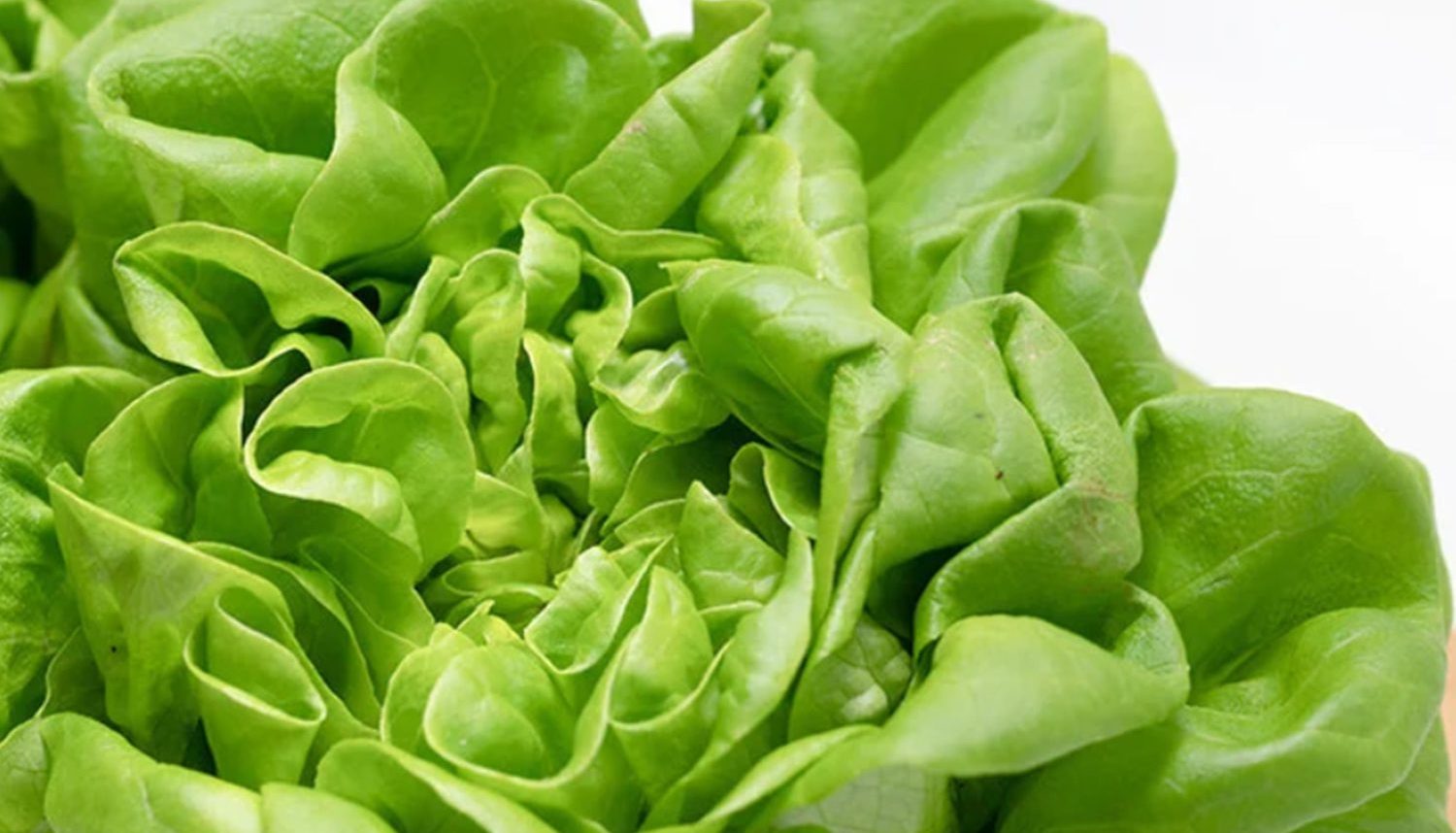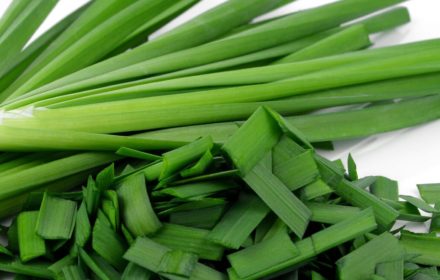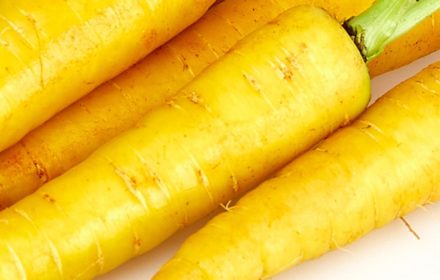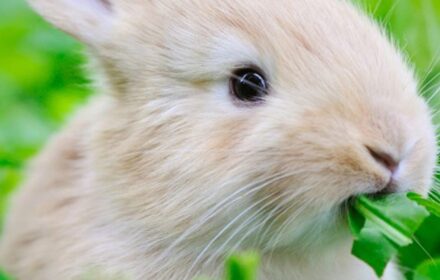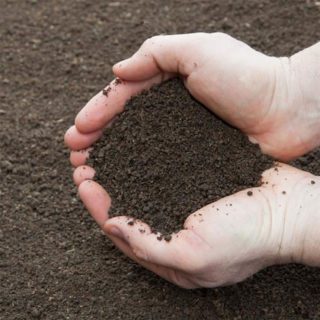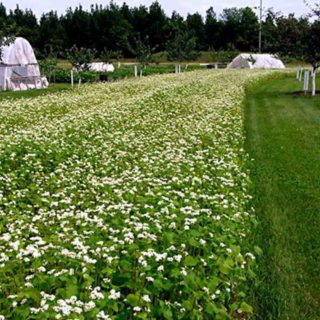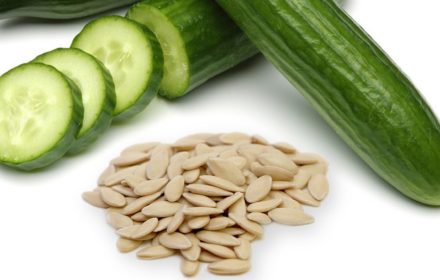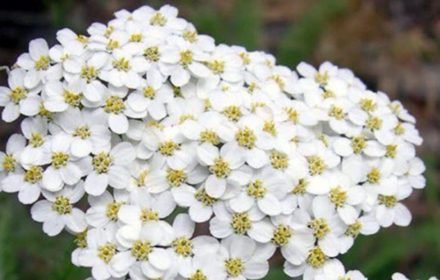How to Grow Butterhead Lettuce from Seeds
Butterhead Lettuce, a popular choice among UK gardeners, is known for its ability to be sown throughout the year, making it a versatile and reliable crop. Hardy to the varying British weather, this lettuce is a supermarket staple with large, crisp heads and tender, leafy foliage. When sown sequentially, Butterhead Lettuce will provide a continuous supply of fresh leaves. Whether grown indoors, in pots, or outdoors in rows, this fast-maturing variety is perfect for allotments or home gardens. Once germinated, the plants can be harvested in as little as 45 days, or left to grow on for larger heads.
When and Where to Sow Butterhead Lettuce Seeds
- Indoor Sowing: Start seeds indoors in seed trays or small pots from late winter to early autumn (January to September). Indoor sowing allows you to control the temperature, ensuring optimal germination conditions. Lettuces can also be grown behind glass in greenhouses or conservatories.
- Outdoor Sowing: Direct sowing outdoors can be done from early spring through to autumn (March to October). Butterhead Lettuce thrives in cooler temperatures, so avoid sowing during very hot periods. For a continuous yield, sow seeds every 2-3 weeks.
Ideal Growing Conditions for Butterhead Lettuce
- Soil Requirements: Butterhead Lettuce prefers well-drained, fertile soil that has been worked to a fine tilth. Incorporating organic matter, such as compost, helps improve soil structure and nutrient content. If growing in containers, use a high-quality compost with good drainage.
- Sunlight: Choose a sunny or partially shaded location for your lettuce plants. In the heat of summer, some shade during the hottest part of the day can help prevent the plants from bolting (going to seed too early).
- Temperature: Ideal germination temperatures range from 10-15°C (50-59°F). Higher temperatures may reduce germination rates, so sow seeds in cooler conditions for the best results.
How to Sow Butterhead Lettuce Seeds Indoors
- Sowing in Pots or Trays: Fill seed trays or small pots with fresh, fine-grade seed compost. Sow the seeds at a depth of approximately 3 mm (1/8 inch). Lightly firm down the compost and water gently.
- Germination Conditions: Place the trays or pots in a bright, sheltered location, such as a greenhouse or windowsill. Maintain a temperature between 10-15°C (50-59°F) for optimal germination. Keep the compost moist but not waterlogged.
- Transplanting Seedlings: Once the seedlings have developed 2-3 true leaves and are about 7.5 cm (3 inches) tall, transplant them into larger pots or containers. If you plan to plant them outdoors, harden off the seedlings by gradually exposing them to outdoor conditions over 7-10 days before transplanting them into the ground.
How to Sow Butterhead Lettuce Seeds Outdoors
- Preparing the Soil: Select a sunny or partially shaded spot with well-drained soil. Prepare the soil by removing weeds and working it to a fine texture. Mix in compost or well-rotted manure to enrich the soil.
- Sowing Depth and Spacing: Sow seeds directly into the ground at a depth of 3 mm (1/8 inch). Space the seeds 25-30 cm (10-12 inches) apart in rows that are 45 cm (18 inches) apart. This spacing allows the plants to develop large, healthy heads without overcrowding.
- Watering: Water gently after sowing to settle the soil. Keep the soil consistently moist during the germination and growth stages. Water at the base of the plants to avoid wetting the leaves, which can promote fungal diseases.
- Thinning: Once the seedlings have emerged, thin them out to ensure proper spacing. The thinned seedlings can be used in salads or transplanted to other areas of the garden.
Caring for Butterhead Lettuce Plants
- Watering: Butterhead Lettuce needs consistent moisture to thrive. Water regularly, especially during dry periods, but avoid waterlogging the soil. Lettuces are mostly water, so keeping the soil evenly moist will encourage tender, crisp leaves.
- Feeding: For best results, feed your lettuce plants with a balanced, liquid fertiliser every two weeks, especially if growing in containers. This will support strong growth and help prevent bolting.
- Weeding: Keep the area around your lettuce plants free from weeds to reduce competition for nutrients and water. Hand weeding is recommended to avoid disturbing the shallow roots of the lettuce.
- Mulching: Applying a layer of mulch around the base of the plants helps retain soil moisture and regulate soil temperature, particularly during the summer months.
Harvesting Butterhead Lettuce
- Harvest Time: Butterhead Lettuce can be harvested when the heads are firm and about 12-15 cm (5-6 inches) in diameter. This typically occurs about 45-50 days after sowing.
- How to Harvest: Use a sharp knife to cut the lettuce head from the base of the plant. Harvest in the morning for the freshest, crispest leaves. If left to grow, the heads will become larger, but be careful not to let them bolt.
- Continuous Harvest: To maintain a steady supply of fresh lettuce, sow seeds every 2-3 weeks for sequential harvests. Butterhead Lettuce can be harvested leaf by leaf for “cut-and-come-again” use, which encourages new growth.
Common Issues and Tips for Growing Butterhead Lettuce
- Bolting: Lettuce tends to bolt in hot weather, causing the leaves to become bitter. To prevent bolting, plant in cooler temperatures and provide partial shade during hot days.
- Pest Control: Slugs, snails, and aphids are common pests that can damage lettuce plants. Use organic slug pellets or copper tape to protect your plants. Check regularly for aphids and use insecticidal soap if needed.
- Overwatering: While lettuce needs consistent moisture, overwatering can lead to root rot and other fungal diseases. Ensure the soil drains well and avoid waterlogging.
Common Questions About Growing Butterhead Lettuce
- Can Butterhead Lettuce be grown in containers? Yes, Butterhead Lettuce grows well in pots, containers, and planters. Ensure the containers are at least 15 cm (6 inches) deep and have good drainage.
- What is the best way to prevent my lettuce from bolting? To prevent bolting, sow lettuce seeds in cooler temperatures and provide shade during the hottest part of the day. Regular watering and mulching also help keep the soil cool and moist.
- How do I ensure a continuous supply of lettuce? For a continuous harvest, sow new seeds every 2-3 weeks throughout the growing season. This will provide a regular supply of fresh lettuce heads for your kitchen.
By following these steps, you can enjoy a plentiful supply of fresh, crisp Butterhead Lettuce throughout the growing season. Whether grown in pots, containers, or directly in the garden, this hardy lettuce variety is a rewarding addition to any UK gardener’s plot.

